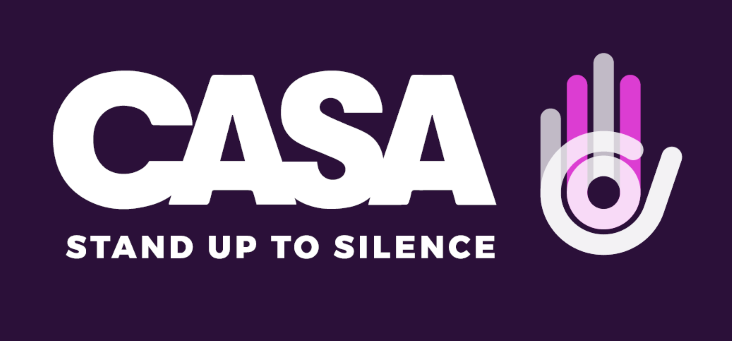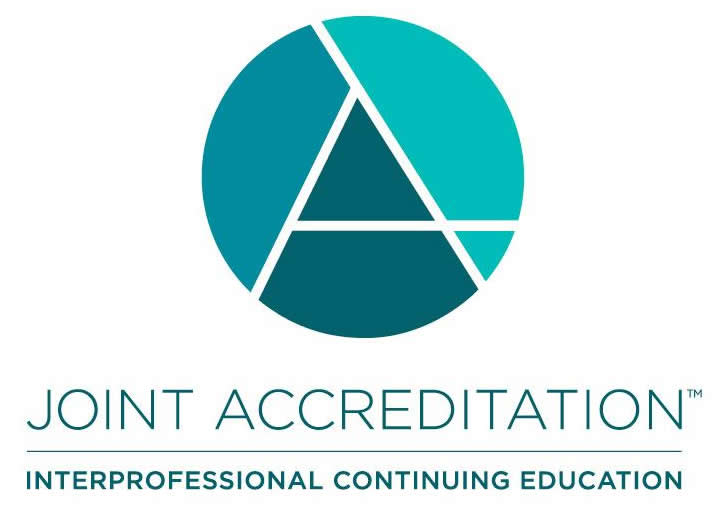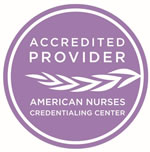
COURSE CREDITS & HOURS
16.0 Contact HoursCOURSE FEES
TARGET AUDIENCE
PROGRAM PURPOSE
Recognition in conjunction with a comprehensive understanding of illness in the acute care setting is essential for best practice outcomes.
Topics and Objectives:Practice Focus
- Summarize key concepts in assessing and supporting women and families.
- Support perinatal families through Covid-19 pandemic crises.
- Address patient/family concerns and anxiety surrounding Covid-19.
- Receiving perinatal support during Covid times.
- Addressing rooming-in and breastfeeding concerns with Covid positive mothers.
- Managing transition to post-partum care for the family unit.
- Address patient/family concerns and anxiety surrounding Covid-19.
- Discover fertility awareness through Creighton & Marquette Models.
- Frustrated patients? How to create a fertile Myrtle!
- Medical management of cycle irregularities and infertility
- Cervical mucus, vaginal checks, and temperature monitoring? How do I begin?
- Learn how to teach couples about charting their fertility.
- Utilizing the Creighton and Marquette Models as an evidence-based, non-pharmacological family planning.
- Best apps to support fertility tracking.
- Assist with medical management of cycle irregularities.
- Frustrated patients? How to create a fertile Myrtle!
- Explore management options for perinatal mood disorders.
- Prevalence of mood disorders during the perinatal period.
- Recognize signs and symptoms of perinatal mood disorders.
- Clinical pathways for evidence-based practice in treatment of perinatal mood disorders.
- Learn how to implement the Brown-Perinatal Mood Disorder Tool Kit.
- Learn best practices for supporting women and men through perinatal mood disorders.
- Implementing mood disorder resources.
- Best apps to support families.
Education Focus:
- Develop simulation educational experiences on a shoe-string budget.
- Budget? What budget? Thats right! You don't need a $100,000 simulator!
- Compare and contrast obstetrical and neonatal high-fidelity vs. low-fidelity simulators and equipment.
- Benefits to utilizing standardized patients (actors) vs. simulators.
- Videotaping simulations without state-of-the-art equipment.
- Conducting simulation experiences in-situ.
- Free simulation and virtual resources for healthcare educators.
- Budget? What budget? Thats right! You don't need a $100,000 simulator!
- Design simulation educational experiences for healthcare staff/students.
- So, where do I start?
- Learn how to design simulation scenarios for high-risk, low-occurrence obstetrical emergencies.
- All participants will be provided an evidence-based, peer-reviewed obstetrical/neonatal simulation scenario as a guide.
- Utilize a modified National League for Nursing simulation design template
- Implement ACOG, AWHONN, and INACSL standards during simulation design.
- So, where do I start?
- So, what's next?
- How to make your simulation scenario come to life!
- Organization & equipment
- How to implement meaningful educational experiences for healthcare staff and students.
- Engage and encourage learners without simulation fear.
- How to prep standardized patients to create profound experiences.
- Encourage interdisciplinary learning sessions.
Research Focus:
- Identify benefits of academic & clinical partnerships.
- It's a win-win - initiating academic & clinical partnerships.
- Joint academic-clinical research teams
- Utilizing expertise and resources from both sides of the fence
- Joint publishing increases visibility and credibility
- Utilization of scarce resources
- Benefits of dedicated education units.
- Providing mentoring to students and building staff competence and confidence.
- Encouraging healthcare staff to lean in. Why mentoring is important.
- Educating Clinical Nurse Teachers
- Joint academic-clinical research teams
- It's a win-win - initiating academic & clinical partnerships.
- Describe key concepts from the Van Gelderen Family Care Rubric to effectively communicate and assess patients and families within face to face and telehealth settings.
- Van Gelderen Family Care Rubric: An internationally recognized valid and reliable communication and family assessment tool
- Communication, communication, communication how to take the obvious and implement it in practice.
- Communication through a mask and face shield? How to improve patient/family communication while wearing PPE.
- Poor patient/family satisfaction surveys? How to increase those numbers!
- Why supporting families are equally as important as supporting patients.
- Essential communication at bedside.












































